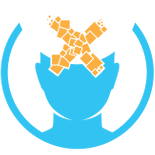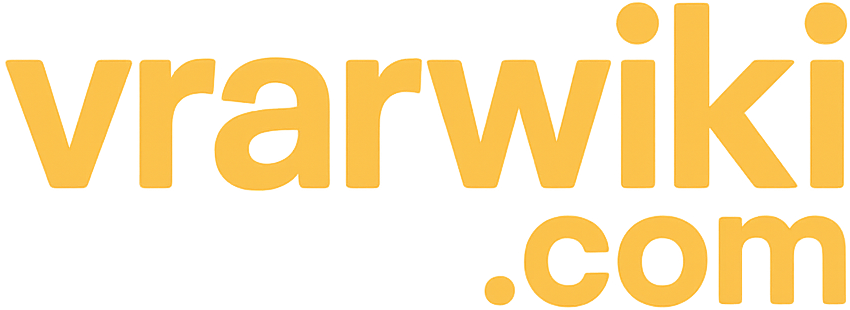Google Cardboard: Difference between revisions
Appearance
Xinreality (talk | contribs) |
Xinreality (talk | contribs) No edit summary |
||
| Line 33: | Line 33: | ||
Google Cardboard, announced in Google I/O on June 25, 2014, is a DIY, cardboard cut-out, smartphone mount developed by [[Google]]. With a smartphone inserted, Google Cardboard allows the user to have a [[Virtual Reality]] experience by holding it close to his or her face. | Google Cardboard, announced in Google I/O on June 25, 2014, is a DIY, cardboard cut-out, smartphone mount developed by [[Google]]. With a smartphone inserted, Google Cardboard allows the user to have a [[Virtual Reality]] experience by holding it close to his or her face. | ||
While Google Cardboard requires a smartphone with stereoscopic display software, this simple and affordable device is constructed with lenses, a magnet, a piece of hook-and-loop fastener and a rubber band. With no official manufacturer, Google has listed the schematics and instructions for the device on its website. Users can either construct one themselves or purchase them from a number of unofficial vendors. [[#Version 2|2nd version]] of Google Cardboard was released on May 28, 2015. It replaced the magnetic ring with a universal input button and supported smartphones | While Google Cardboard requires a smartphone with stereoscopic display software, this simple and affordable device is constructed with lenses, a magnet, a piece of hook-and-loop fastener and a rubber band. With no official manufacturer, Google has listed the schematics and instructions for the device on its website. Users can either construct one themselves or purchase them from a number of unofficial vendors. [[#Version 2|2nd version]] of Google Cardboard was released on May 28, 2015. It replaced the magnetic ring with a universal input button and supported large smartphones. | ||
[[Apps]] such as immersive games and concert experiences are available in the Google Play store. Developers familiar with [[OpenGL]] can use [[Cardboard SDK]] for [[Android]] and [[iOS]] to rapidly create VR apps for the device. | [[Apps]] such as immersive games and concert experiences are available in the Google Play store. Developers familiar with [[OpenGL]] can use [[Cardboard SDK]] for [[Android]] and [[iOS]] to rapidly create VR apps for the device. | ||
| Line 59: | Line 59: | ||
===Version 2=== | ===Version 2=== | ||
Announced and released on May 28, 2015 during Google I/O 2015. It improved upon the original design by allowing smartphone with screens as large as 6 inches to fit | Announced and released on May 28, 2015 during Google I/O 2015. It improved upon the original design by allowing smartphone with screens as large as 6 inches to fit inside. Additionally, it replaced the magnetic ring with a universal input button made out of cardboard. The new button not only works with every phone but also frees up the phone's magnetometer for drift correction. The new Cardboard can be assembled in 3 steps instead of 12, making it easier to build. | ||
==Setup Tutorial== | ==Setup Tutorial== | ||
| Line 84: | Line 84: | ||
Google Cardboard was announced and released in Google I/O 2014. | Google Cardboard was announced and released in Google I/O 2014. | ||
'''May 28, 2015''': Google announced a newer, larger | '''May 28, 2015''': Google announced a newer, larger and improved [[#Version 2|Cardboard]]. | ||
'''May 28, 2015''': Google Cardboard support for iOS was released in Google I/O 2015. | '''May 28, 2015''': Google Cardboard support for iOS was released in Google I/O 2015. | ||

